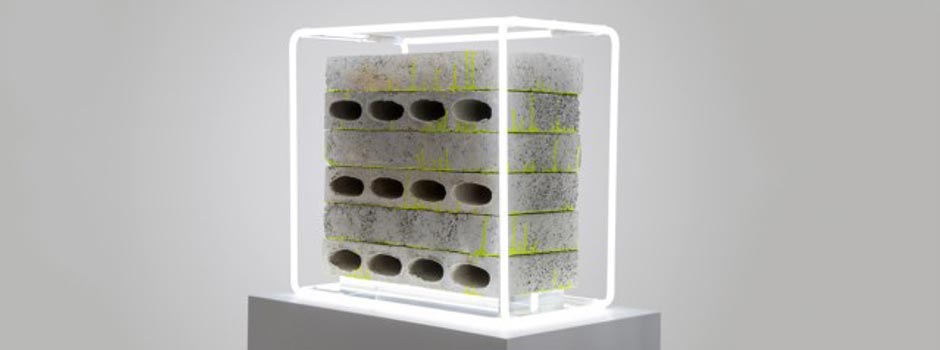
SOLO EXHIBITION AT THE LETITIA GALLERY (JUNE 27 - AUG 25, 2018) Nathaniel Rackowe: The Shape of a City
Jul 30, 2018 Exhibition

The Shape of a City uses industrial materials such as corrugated roofing, galvanised steel and cement blocks, and combines them with artificial light; used to soften the hard edges of the mass produced materials, allowing Rackowe to explore the ways in which urban dwellers must continually adapt their behaviour in order to successfully negotiate the built landscape.
Dominating the entrance and cutting through the gallery space is a large scale installation, which invites viewers to interact with it by walking around or passing through it. The structure, LP48, combines different construction materials, which have been locally-sourced – mass-produced, glass re-enforced plastic (GRP) sheeting and folded galvanised steel - with standard white fluorescent lights, creating a structure that hovers between minimal installation and building site. In the combination of familiar parts into a new aesthetic, Rackowe invites the viewer to reconsider their relationship with the city. LP48 demonstrates a progression from Rackowe’s existing Pathfinding series of works, which similarly use locally-sourced blocks and light and which has been constructed in cities from Paris to Bangkok.
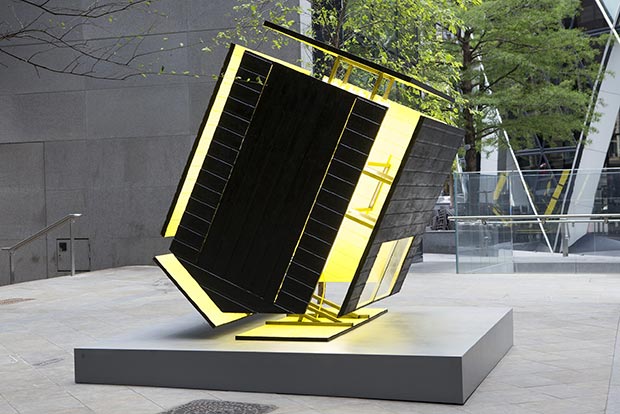 Black Shed Expanded, 2017 / Courtesy of the artist
Black Shed Expanded, 2017 / Courtesy of the artist
Occupying the central gallery are six new floor-based sculptural works: cement blocks, each illuminated by a cube of white neon creating a geometric halo of light. These sit alongside a new series of framed, mixed-media works on paper, Petrol Station Series, the scale of which will range from small works to one large scale piece.
The Shape of a City extends beyond the walls of Letitia Gallery with the installation of two large-scale public works - Black Shed Expanded and LP46 – which are situated in various publicly-accessible spaces in downtown Beirut. The positioning of the sculptures in the context of the urban landscape, which inspires so much of Rackowe’s work, allows the pieces to take on new meaning in the context of the open space.
 Nathaniel Rackowe, LP46, 2018, Steel, Light, Paint / Courtesy of the artist
Nathaniel Rackowe, LP46, 2018, Steel, Light, Paint / Courtesy of the artist
Nathaniel Rackowe says, “Beirut, the city itself, has become the specific departure point for a new series of work. These sculptures and works on paper seek to explore the notion of a fleeting beauty that an urban environment can surprise us with, allowing me to combine a formal and spacial investigation with concepts of habitation, alienation, movement, and cognitive mapping.â€
Annie Vartivarian, the gallery’s founder, comments; “We’re delighted to welcome Nathaniel Rackowe to Letitia, with an exhibition that will challenge visitors to the gallery to reimagine the city around them. The Shape of a City will also make an invaluable contribution to the growing vitality of Beirut’s contemporary art and cultural scene, through the positioning of sculptural works in publicly accessible spaces around Beirut.â€
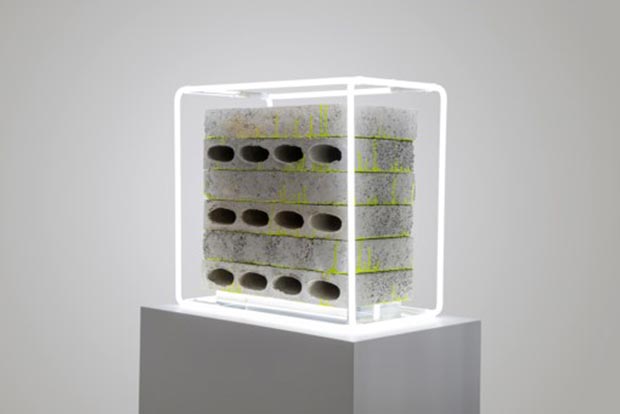 Installation view, Nathaniel Rackowe: The Shape of a City / Courtesy of the Letitia Gallery and the artist
Installation view, Nathaniel Rackowe: The Shape of a City / Courtesy of the Letitia Gallery and the artist
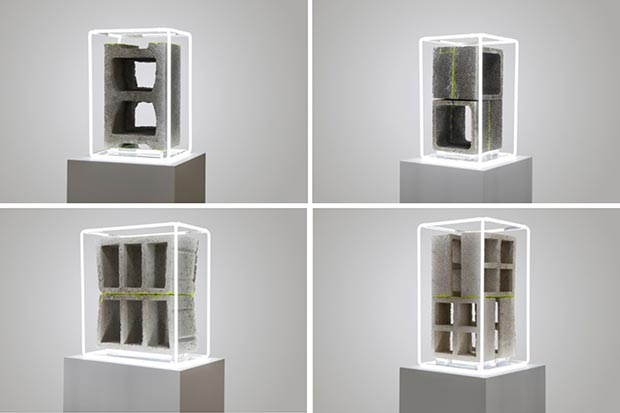 Installation view, Nathaniel Rackowe: The Shape of a City / Courtesy of the Letitia Gallery and the artist
Installation view, Nathaniel Rackowe: The Shape of a City / Courtesy of the Letitia Gallery and the artist
 Installation view, Nathaniel Rackowe: The Shape of a City / Courtesy of the Letitia Gallery and the artist
Installation view, Nathaniel Rackowe: The Shape of a City / Courtesy of the Letitia Gallery and the artist
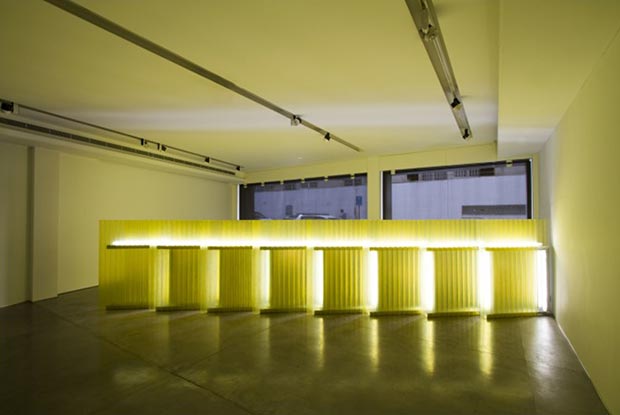 Installation view, Nathaniel Rackowe: The Shape of a City / Courtesy of the Letitia Gallery and the artist
Installation view, Nathaniel Rackowe: The Shape of a City / Courtesy of the Letitia Gallery and the artist
 Installation view, Nathaniel Rackowe: The Shape of a City / Courtesy of the Letitia Gallery and the artist
Installation view, Nathaniel Rackowe: The Shape of a City / Courtesy of the Letitia Gallery and the artist
Based in Beirut in the vibrant Hamra neighbourhood, Letitia Gallery is a contemporary art gallery focused on encouraging global engagement with contemporary art in Lebanon through the contextualisation of both local and international artists and their work in the global art environment. Under the direction of Annie Vartivarian, the gallery has a strong ethos of collaboration and has worked closely with leading international curators from around the world to discover artists for its programme. The gallery works on a project-focused model that looks to nurture the growth of regional artists from the MENA region as well as showcasing international artists in Lebanon within a programme of four to five exhibitions a year. Letitia Gallery offers both local audiences and international visitors the opportunity to discover artists from the region and to gain a deeper understanding of the breadth of their practice through public programming that includes: talks, off-site projects, commissioning new site-specific installations and supporting cultural initiatives in Lebanon and the region.
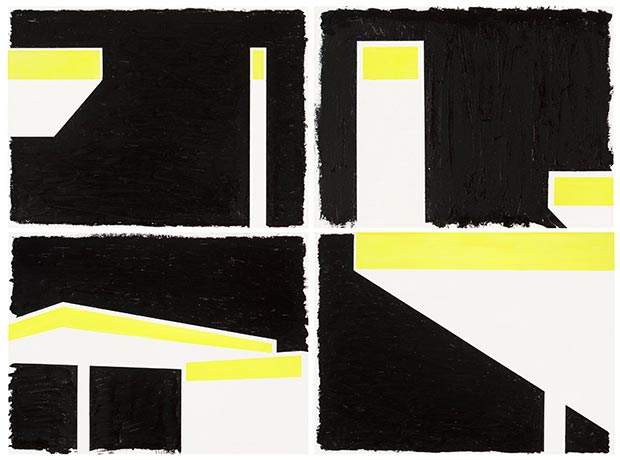 Works on paper, Nathaniel Rackowe: The Shape of a City / Courtesy of the Letitia Gallery and the artist
Works on paper, Nathaniel Rackowe: The Shape of a City / Courtesy of the Letitia Gallery and the artist
Nathaniel Rackowe was born in 1975 and lives and works in London, UK. He graduated from the Slade with a M.F.A in sculpture in 2001. Selected solo shows include Signs of a City, Galerie Jérôme Pauchant, Paris (2017); Radiant Trajectory, Lawrie Shabibi, Dubai (2015); The Consequence of Light, Bodson Gallery, Brussels (2014); and Reflections on Space, BISCHOFF/WEISS, London (2013). Group shows include Low Fidelity, Etage Projects, Copenhagen (2016); Monologue / Dialogue, Bangkok Arts and Cultural Centre (2014); and Dynamo: A century of light and movement in art, 1913-2013, Grand Palais, Paris (2013). Public Art Projects include Black Shed Expanded, Village Royal, Paris (2014); Black Cube, DEN FRIE Centre of Contemporary Art, Copenhagen (2013); and Spin, Lima Peru (2010).
Rackowe’s works are in notable public collections including CIFO (Cisneros Fontanals Art Foundation), Miami, USA; Jumex Collection, Mexico; Museum of Modern Art, Lima, Peru; LVMH Collection, Paris, France; Museum of New Art, Tasmania, Australia; David Roberts Collection, London, UK; UK Government Art Collection, London, UK; Hauser & Wirth Collection, Zurich, Switzerland; and Ernst & Young Collection, London, UK.
Comments
Add a comment